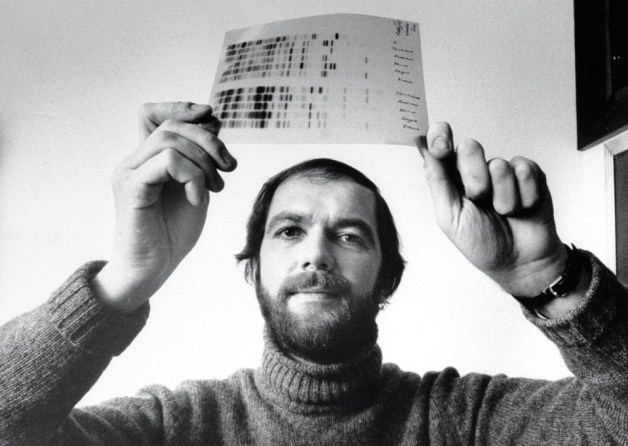There are several ways in which pathology testing has become an essential legal tool.
Many of us are familiar with the breathalyser test used by police to check the blood alcohol level of drivers. Drug and alcohol tests are also common in many industries such as mining and aviation for safety reasons. Sport is another area where pathology results from drug tests are vital to maintain a fair playing field.
However, the area where pathology plays its most starring role in criminal cases is forensic pathology.
Crime scene investigation
Although forensic pathology makes up a small proportion of the profession, it receives possibly the most attention via TV crime dramas and real-crime shows.
Crime scene work is usually slower and more painstaking than TV producers would have us believe, but it is true that DNA evidence has transformed criminal investigations in the last 30 years.
Testing blood from crime scenes first began in the early 1900s but testing was limited and could only establish the ABO blood type of a sample. This meant it could be used to rule out suspects with a different blood type but could not accurately identify who the blood came from.
‘DNA fingerprinting’ was first developed by Professor Alec Jeffreys in Leicester, UK in the early 1980s. The technique used photographic film and radioactive probes on blood samples to create a picture of a person’s DNA.
The process was not created specifically for legal cases but once discovered, it was clear that the technique had some very important applications; these included paternity testing and crime scene investigation.
Prof Jeffreys and his team needed to establish if DNA fingerprinting could be used as evidence in criminal cases; “I spent the next two days cutting myself and leaving blood marks round the laboratory. Then we tested those bloodstains and found that their DNA was intact.” 1
The first use of the technology was in a legal case that proved the parenthood of a child returning to the UK from Ghana; the DNA evidence meant he could be united with his family. The second DNA fingerprinting case freed an innocent man and put a double-murderer in prison.
DNA amplification has expanded the possibilities of using crime scene DNA by allowing genetic data to be extracted from very small samples. Using polymerase chain reaction (PCR) a small amount of DNA can be replicated many times to produce a sample large enough to be analysed.
Autopsies
Forensic pathologists also perform autopsies that are vital in determining the cause of death when a person dies in unexpected or suspicious circumstances, or when human remains are discovered.
For criminal cases, an autopsy may be observed by police who will then feed information back to colleagues in the interrogation room. This real-time delivery allows the police to use the information immediately while questioning suspects.
Identifying a cause of death helps police ascertain if a crime has taken place, but it is also important for public health. Information provided by forensic pathologists to the coroner identifies hazards in the community that might be prevented, saving future lives.
Autopsies are also important during disease outbreaks and to identify who has died and who is still missing during natural disasters.
Most pathologists do not usually meet their patients or patients’ families but forensic pathologists have a different relationship with those they are helping, working directly on the patient’s body and sometimes meeting the family of the deceased.
1 https://www.theguardian.com/science/2009/may/24/dna-fingerprinting-alec-jeffreys

